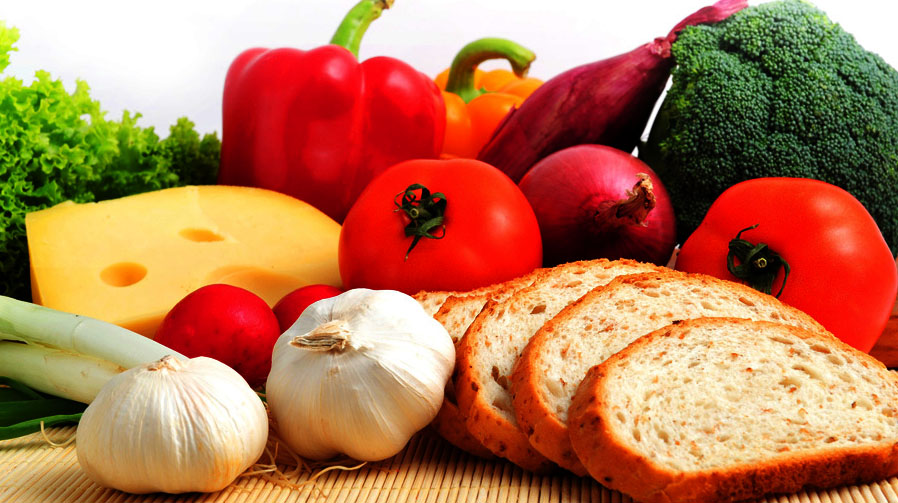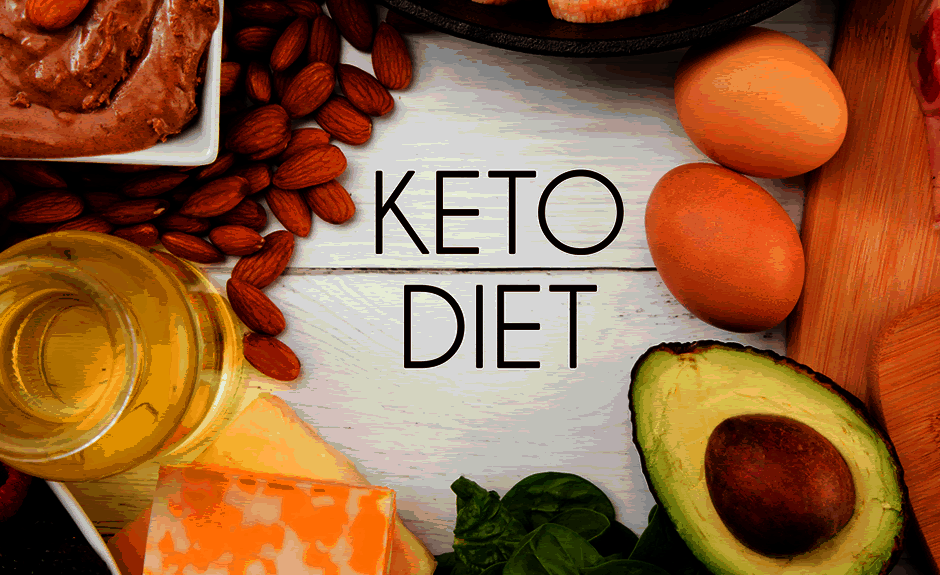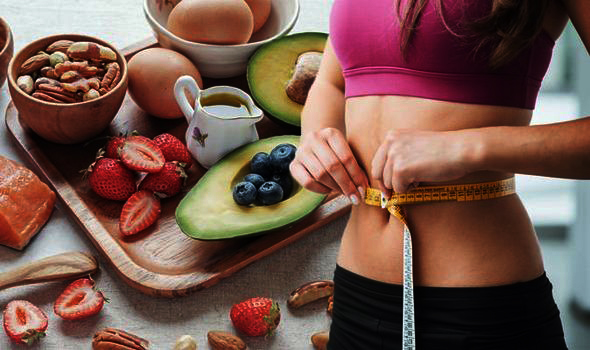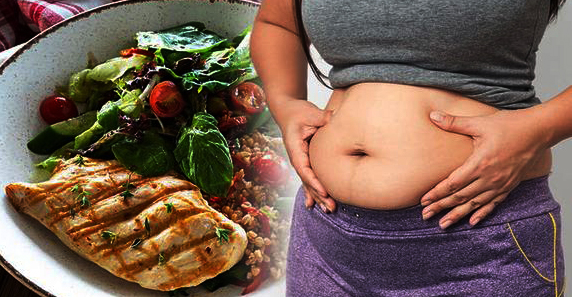Do not place yourself in danger of food poisoning with your cleaning, cooking, and prep methods. Learn the food security basics to shield yourself from harmful germs and maintain your kitchen sparkling clean.
What’s food poisoning?
Food poisoning is most frequently brought on by bacteria found in undercooked, contaminated, or sweet foods also may lead to nausea, vomiting, and diarrhea. Campylobacter, located in uncooked poultry, is the most frequent source of food poisoning.

Eggs also can include salmonella, a naturally-occurring germs that cause gastroenteritis. In case it affects vulnerable individuals like children, the elderly, pregnant women, and individuals with a weakened immune system, it may cause serious illness or even death.
If you would like to practice kitchen hygiene in any way times, it is a very important food to wash your hands properly before and after handling food.
- Soap handson.
- Rub wrist, forearms, and involving palms completely for 20 minutes.
- Rinse hands in freshwater.
- Dry hands with a paper towel.
The way to Decrease kitchen germs
Additionally, it is critical to ensure that you wash all utensils, food appliances, equipment, and kitchen surfaces completely to reduce bacteria levels and deter insects. Here are a couple of tips for maintaining your kitchen additional clean:
- Wipe surfaces using a food-safe sanitizer prior to and after each use.
- Scrape all dirt away gear such as utensils, sandwich toaster, and presses trays.
- Use different non-wooden chopping boards for fish, poultry, produce.
- Always use warm water when washing.
- Rinse whatever you wash completely in warm water.
- Air-dry dishes obviously, as tea towels may accumulate germs.
- Change clothes, sponges, scourers, and tea towels frequently since they may contain elevated levels of germs.
Stay safe
Practice our Top 10 Ideas That Will Help You avoid food poisoning:
- Wash your kitchen surfaces completely.
- Never wash poultry, eggs, or meat through food prep and just use eggs with fresh and uncracked shells.
- Cook food thoroughly to make sure it is from their food danger zone (between 5°C and 60°C) — as an instance, chicken ought to always achieve 75°C.
- Food made out of the refrigerator for more than 4 hours has to be thrown outside.
- Thaw frozen food within the refrigerator. The best location is on the bottom plate, on a plate so that the juices do not drip on to other meals.
- Keep cooked and raw foods entirely different on your refrigerator and freezer.
- When placing leftovers off, await the meals to quit steaming, then pay well and put in the refrigerator. Ensure that you’re heating them until they are steaming hot throughout.






